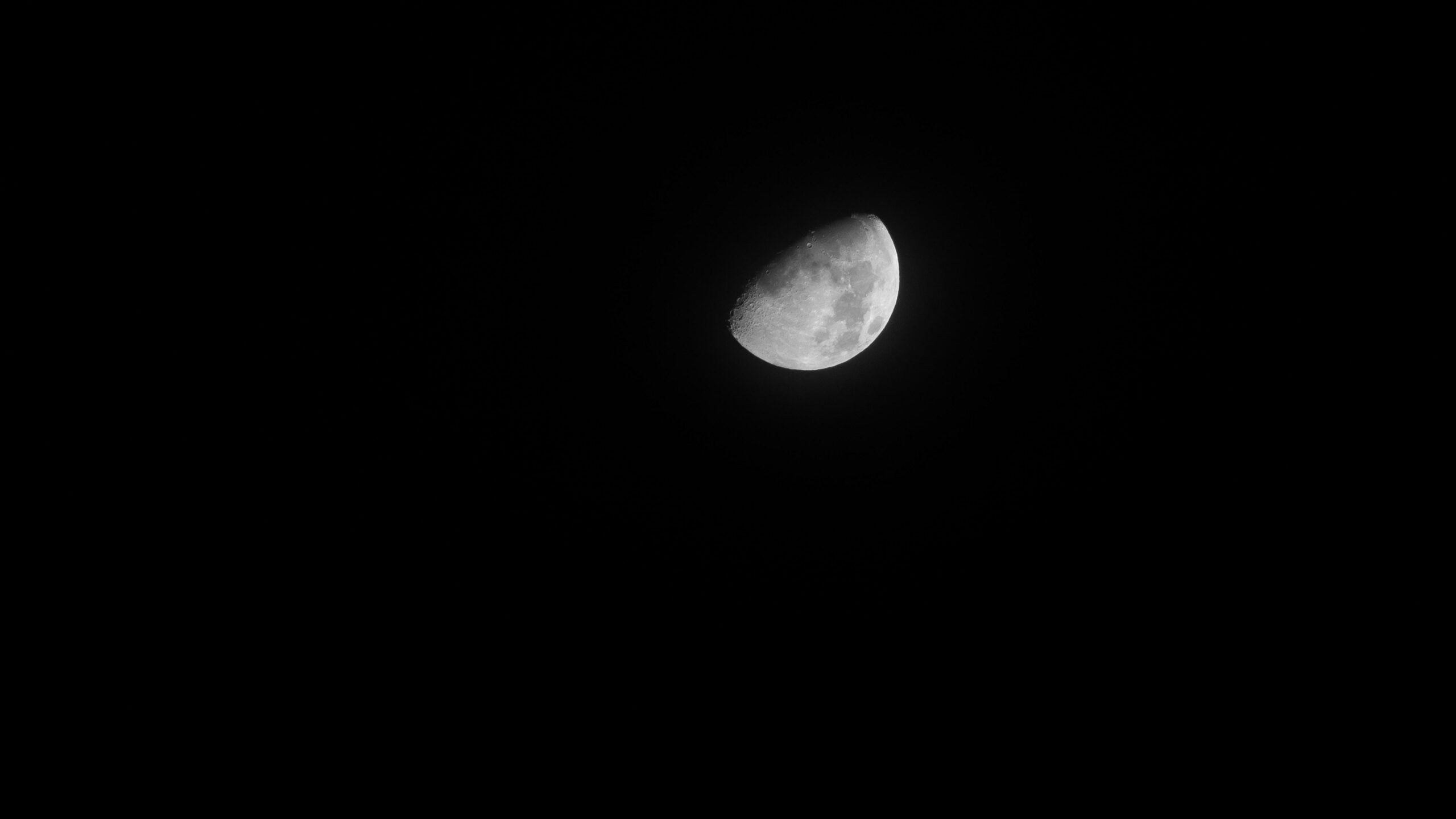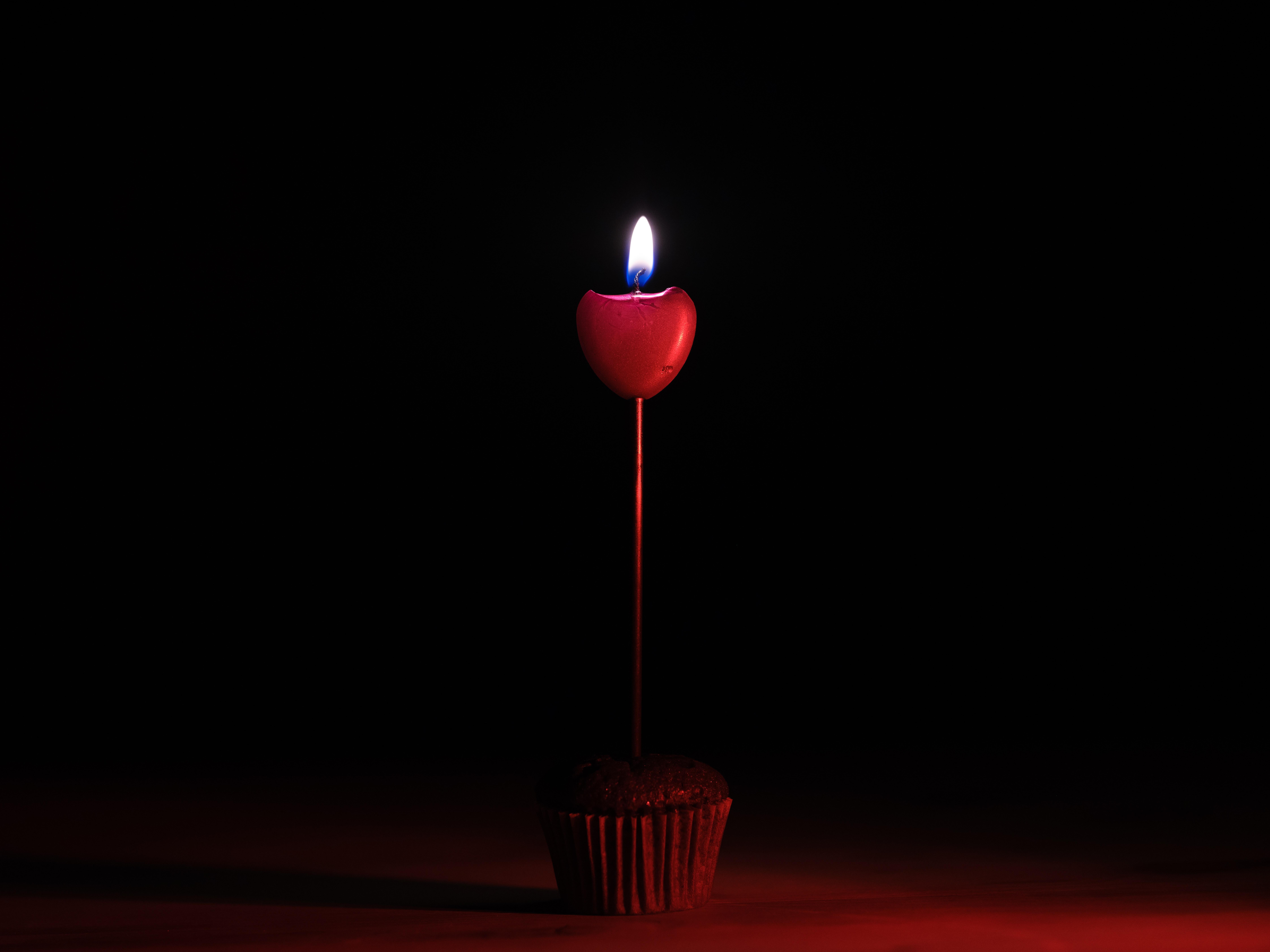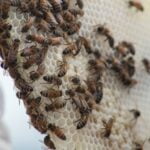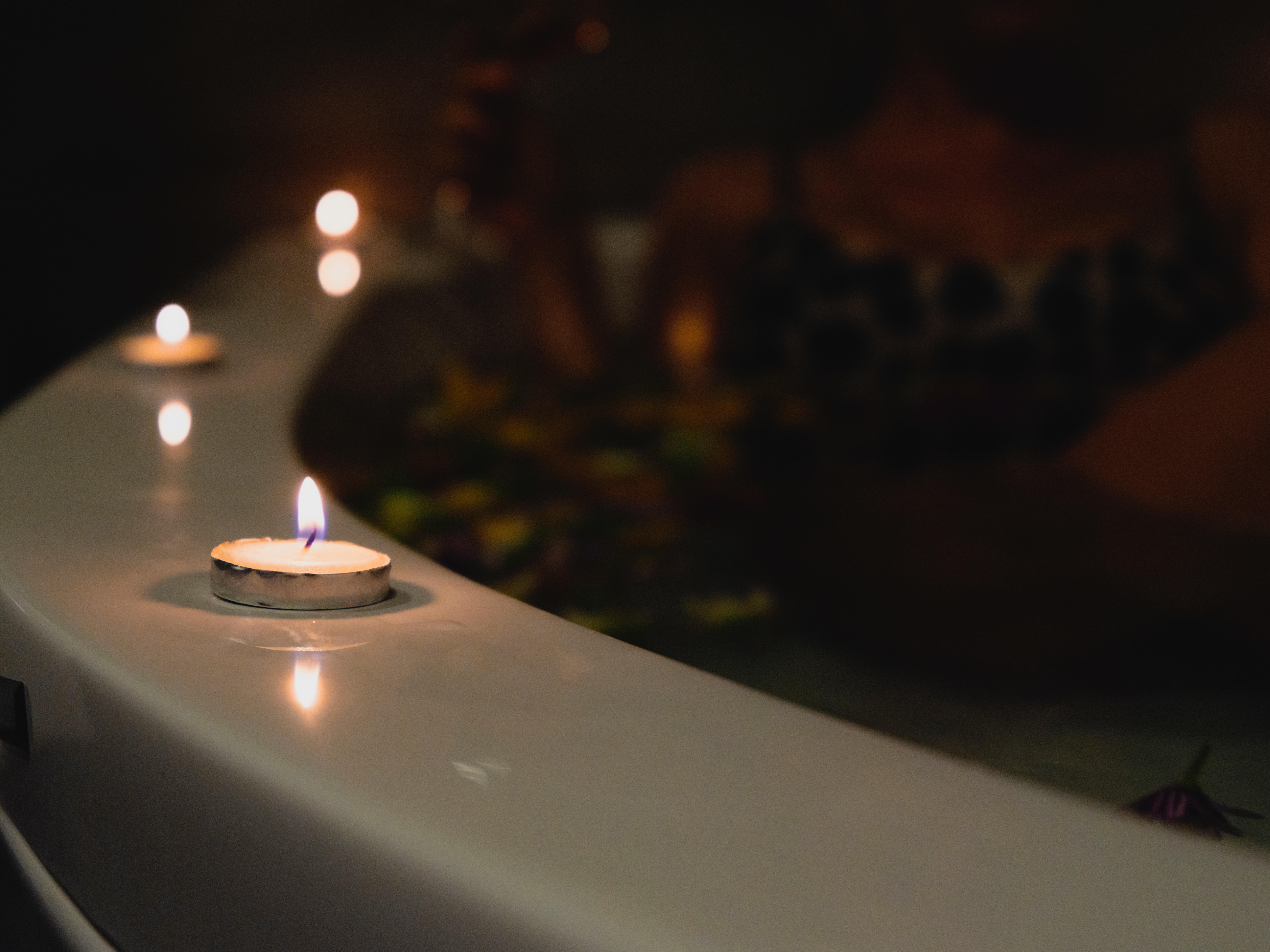Are you ready to embark on a celestial journey and delve into the captivating realm of waxing gibbous? Prepare to be mesmerized as we uncover fascinating facts about this enchanting lunar phase. In this article, we will explore the celestial wonders that surround us, focusing on the intriguing details of the waxing gibbous phase of the moon. Whether you’re a seasoned astronomer or a curious enthusiast, get ready to be captivated by the celestial wonders of the cosmos. So, let’s embark on an awe-inspiring adventure and discover the secrets of the waxing gibbous!

Facts on Waxing Gibbous
When it comes to the lunar cycle, the waxing gibbous phase is a captivating period that deserves attention. Let’s explore some intriguing facts about this celestial wonder.
The waxing gibbous moon is the fourth stage in the lunar cycle, occurring after the First Quarter Moon and before a Full Moon. This phase takes approximately 6 days, roughly 21.6% of the lunar month, to complete. As the waxing gibbous moon progresses, the lit-up portion of the Moon grows from 50.1% to an impressive 99.9%.
Unlike some other phases, the waxing gibbous moon rises after noon, transits the meridian after sunset, and sets after midnight. It’s a remarkable sight to behold, especially with its unique shape. While not reaching the full roundness of a Full Moon, the waxing gibbous moon is more extensive than the semicircle shape of the Third Quarter.
Did you know that the surface temperature of the waxing gibbous moon can vary dramatically? On the illuminated side, the temperature can reach up to a scorching 250°F (121°C), while on the unilluminated side, it plunges to a bone-chilling -238°F (-150°C). This stark contrast is yet another fascinating aspect of the moon’s behavior during the waxing gibbous phase.
In astrology, the waxing gibbous moon is associated with the zodiac signs of Cancer, Leo, and Virgo. These signs bring their unique energies and characteristics to this phase, adding an extra layer of mystique to the already mesmerizing lunar cycle.
To summarize, here are the key facts about the waxing gibbous moon:
- The waxing gibbous moon is the fourth stage of the lunar cycle, occurring after the First Quarter Moon and before a Full Moon.
- It takes approximately 6 days, or about 21.6% of the lunar month, for the waxing gibbous phase to occur.
- During this phase, the lit-up part of the Moon grows from 50.1% to 99.9%.
- The waxing gibbous moon rises after noon, transits the meridian after sunset, and sets after midnight.
- Its shape is more extensive than the semicircle shape of the Third Quarter but not as round as a Full Moon.
- The surface temperature can range from a scorching 250°F (121°C) on the illuminated side to a bone-chilling -238°F (-150°C) on the unilluminated side.
- In astrology, the waxing gibbous moon is associated with the zodiac signs of Cancer, Leo, and Virgo.
So, the next time you gaze up at the night sky and spot the waxing gibbous moon, remember these intriguing facts and marvel at the celestial wonders that surround us.
Waxing gibbous is an intriguing phase of the moon that often captures the curiosity of astronomy enthusiasts. If you’re eager to delve deeper into the fascinating facts about waxing gibbous, click here to uncover a wealth of information. From its mesmerizing appearance to its significance in lunar cycles, this article will provide you with a comprehensive understanding. So, don’t miss out on the chance to satisfy your celestial cravings and click on this link: facts about waxing gibbous.
FAQ
Question 1
What is the waxing gibbous moon phase?
Answer 1
The waxing gibbous moon phase is the fourth stage of the lunar cycle, occurring after the First Quarter Moon and before a Full Moon. During this phase, the lit-up part of the Moon grows from 50.1% to 99.9%.
Question 2
How long does the waxing gibbous phase last?
Answer 2
The waxing gibbous phase lasts approximately 6 days, which is about 21.6% of the lunar month.
Question 3
When does the waxing gibbous moon rise, transit the meridian, and set?
Answer 3
The waxing gibbous moon rises after noon, transits the meridian after sunset, and sets after midnight.
Question 4
What is the temperature range on the waxing gibbous moon?
Answer 4
The surface temperature of the waxing gibbous moon can reach up to 250°F (121°C) on the illuminated side and -238°F (-150°C) on the unilluminated side.
Question 5
Which zodiac signs are associated with the waxing gibbous moon?
Answer 5
The waxing gibbous moon is associated with the zodiac signs of Cancer, Leo, and Virgo.
















